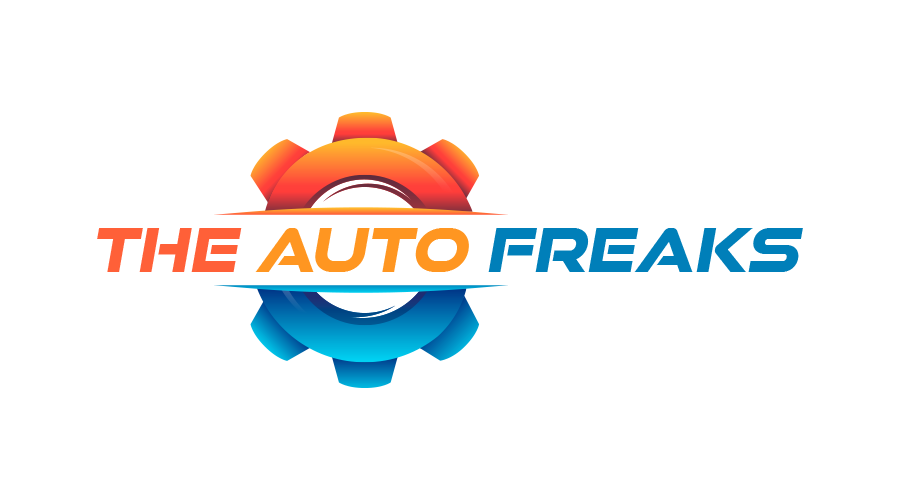You ever notice how certain ideas only start making sense once you’ve found the right song to go with them?
That’s not an accident.
Sound and thought have always had a strange partnership. One fuels the other, sometimes without you realizing it. Writers pace with headphones on. Designers loop ambient beats while pushing pixels. Even people editing spreadsheets find their rhythm with a playlist humming in the background.
But lately, the relationship between creativity and sound has deepened. Not just because of what we listen to—but because of what we can now create ourselves.
And not with instruments, complicated software, or expensive studios. We’re talking about something far more accessible. Something built for people who don’t speak the language of music but still know how it should feel.
If you’ve ever tried to set the tone for a personal project, a campaign, or even a simple video, you’ve probably hit a familiar wall. Royalty-free libraries offer volume but not always personality. Hiring someone to score your piece might be overkill. And creating from scratch? That used to be intimidating.
But now, with the help of intuitive tools, you can create AI music that’s customized to your mood, story, or aesthetic. Instead of searching for a song that kind of fits, you’re generating one that actually speaks to your message.
This isn’t just a novelty—it’s a shift in how we build emotional layers into content. Sound can calm, energize, surprise, or build anticipation. And when you can create it on demand, the storytelling possibilities expand dramatically.
Here’s where it gets exciting: these tools are built with the non-musician in mind. You don’t need to compose melodies or understand harmonics. You can just describe what you need—tempo, emotion, genre—and let the platform generate multiple options. Want to dial up the drama or soften the vibe? One tweak, and you’re off in a new direction.

For creators working across platforms—social media, YouTube, presentations, podcasts—this kind of flexibility is priceless. It means you can build a unique audio identity without starting from scratch each time. And if you’re working at speed (which, let’s be honest, most of us are), it helps you stay in the creative zone without breaking the flow.
Even better, you’re not boxed in. The AI doesn’t just spit out one song and call it done. It gives you room to experiment—exploring variations, combining elements, and iterating until it clicks. That experimentation is where the magic happens. It’s also where unexpected ideas show up and become centerpieces of your project.
And the control doesn’t stop at music. More platforms are integrating sound design, effects, and audio mixing right into the same space. So you’re not just composing—you’re producing in a way that fits your style, your timeline, and your budget.
Ownership is another huge win. You’re not pulling something from a shared library. The audio you create is unique, made-to-order, and free from licensing drama. That kind of freedom lets you publish without second-guessing, and remix across channels without worrying about getting flagged.
What’s especially cool is that the barrier to entry has dropped so far, the only thing standing between you and a sound that fits your story is a few clicks—and maybe a good idea. And if you’ve got that idea, the soundtrack can follow right behind it.
So the next time you’re staring at a project that feels a little flat, ask yourself what it should sound like. Not what’s available. Not what everyone else is using. What it deserves to sound like.
And then go make it.

